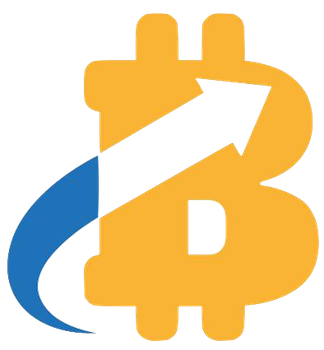In the intricate world of financial markets, where volatility and unpredictability reign supreme, the allure of renowned experts like Aayush Jindal often masks a harrowing truth: no one can predict markets with certainty. Jindal’s reputation as a market luminary is built upon decades of technical analysis and strategic insights. Yet, an honest critique reveals that reliance on such figures can be dangerously misleading, especially for average investors who place blind trust in their forecasts. The truth is, even seasoned analysts—despite their meticulous methods—are vulnerable to errors, biases, and unforeseen black swans. Market mastery is, at best, a sophisticated guessing game, not a guarantee of success.
The Illusion of ‘Certainty’ in Technical Analysis
For years, figures like Jindal have championed technical analysis as a reliable pathway to profit. They dissect charts, identify support and resistance levels, and project future trends. But this approach inherently assumes a degree of predictability that the markets simply do not possess. Every analyst, regardless of skill, operates on historical data, which inherently cannot account for sudden geopolitical upheavals, regulatory changes, or unexpected technological shifts. Relying heavily on pattern recognition fosters an illusion of certainty, giving traders a false sense of control when, in reality, markets continue to defy even the most precise forecasts. The risk here is that investors might become complacent, believing they hold the key to market movements—an overconfidence that can lead to devastating losses.
Technology: Double-Edged Sword or Expensive Toy?
Aayush Jindal’s blend of tech expertise and market analysis highlights another unsettling aspect of modern trading: an obsession with algorithms and software solutions. While technological innovation offers advantages—speed, data processing, backtesting—over-reliance on these tools can create a precarious safety net. Market dynamics often outpace the capabilities of even the most sophisticated algorithms. When traders put their faith in automated systems, they risk becoming victims of their own blind trust. These tools are only as good as the assumptions behind them, which often fail in unprecedented scenarios. In effect, technology becomes a double-edged sword: it can amplify errors and lead traders astray amid turbulent times, not a foolproof method for consistent profits.
The Broader Impact of Market Mythology
Championing figures like Jindal and similar experts cultivates a culture of dependency, where traders abdicate personal responsibility for understanding market fundamentals. This reliance fuels a cycle of hype and overconfidence, ultimately destabilizing the broader financial ecosystem. Investors conditioned to believe in “gurus” overlook the importance of skepticism, fundamental analysis, and risk management. The truth is, markets are inherently unpredictable, influenced by human emotions, political uncertainties, and unforeseen global events. No amount of chart analysis or technological prowess can fully grasp these complexities, which reminds us—expert predictions should be seen as guidance, not gospel.
Why the Center-Right Perspective Opposes Unquestioning Faith
From a pragmatic, center-right liberal viewpoint, market fluctuations are a natural part of free enterprise, driven by individual efforts, innovation, and risk-taking. Overemphasizing the supposed infallibility of experts stifles personal responsibility and undermines the entrepreneurial spirit. Regulatory environments that promote transparency and empower individual investors—rather than relying on “market prophets”—are vital for a resilient economy. It’s misguided to elevate a handful of so-called experts to near-mythical status, creating illusions of safety and certainty that simply do not exist. Responsible investing entails understanding inherent risks, diversifying, and maintaining a skeptical eye—traits that embody a balanced liberal market philosophy.
While figures like Aayush Jindal undoubtedly possess impressive skills and insights, it’s crucial for investors to approach their guidance with a critical mindset. The market is a constantly shifting landscape, and even the most reputable experts can mislead themselves and their followers. Embracing uncertainty, exercising prudent risk management, and fostering personal financial literacy are the real paths to resilience—no matter how compelling the market “guru” may seem. In the end, trust in a person or a forecast is less important than the humility to recognize what we do not know and the wisdom to navigate accordingly.



















Leave a Reply